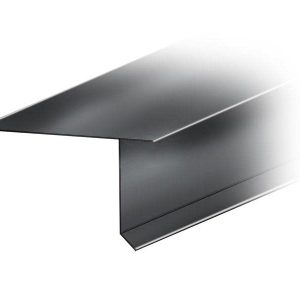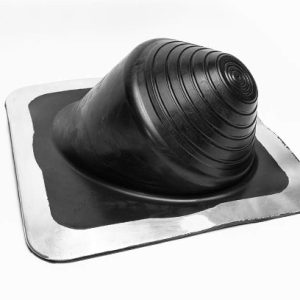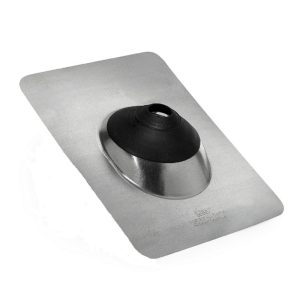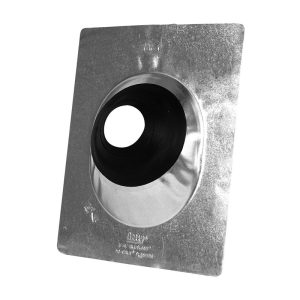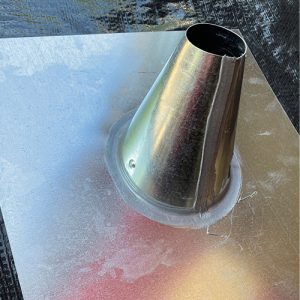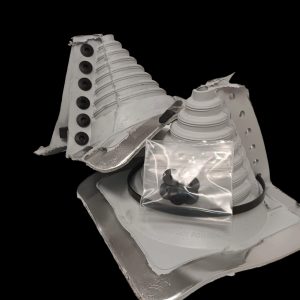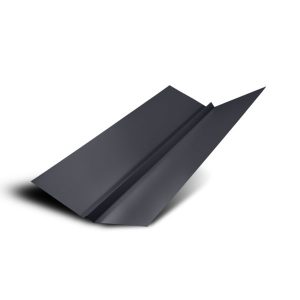Drip Edge & Flashings
Roof flashing is a thin material, usually galvanized steel, that professional roofers use to direct water away from critical areas of the roof, wherever the roof plane meets a vertical surface like a wall or a dormer. Flashing is installed to surround roof features, such as vents, chimneys and skylights. Water should run down the side of the flashing and be directed to the shingles instead of finding its way into the roof deck.
Flashing is made from different materials, including: metal, paper, plastic and liquid adhesives. Drip edge flashing is a long strip of angled metal. This trip is attached to the edges of a roof and directs rainwater away from the structure via the gutters. Drip edge flashing protects decking, wood trim and wood soffits.
Importance of Drip Edge
Drip edge is designed to protect a roof against water damage by directing it away from the rood and fascia. Most states have a drip edge required in their building codes.
Benefits
Prevents damage to soffit, fascia and overall interior structure.
Keeps out pests and rodents by diminishing any gaps in a roof.
Helps guard against ice dams.
Prevents water from gathering under shingles and causing damage.
Types Of Roof Drip Edges: C-Style Drip Edge, L-Style Drip Edge, T-Style Drip Edge, and F-Style Drip Edge.
Showing all 14 results
-

D-Style Drip Edge – White
$6.99 -

Drip Edge – Standard – 10′ Length – Multiple Colors
$4.97 – $5.97 -

Electrical Mast Connection Retrofit Residential MasterFlash
$58.58 -

EPDM Pipe Flash for Metal Roofs
$28.84 – $64.24 -

Extreme Angle Pipe Flashing for Metal Roofs
$25.96 – $34.10 -

Oatey® 1.5 in. – 3 in. Galvanized All-Flash® No-Calk 11 in. x 14.5 in. Base Roof Flashing
$9.40 -

Oatey® 3 in. – 4 in. Galvanized All-Flash® No-Calk 12 in. x 15 in. Base Roof Flashing
$11.47 -

Pipe Flashing – Pitched 0 to 6/12 – Sizes 1.5″ to 15″
$9.58 – $77.91 -

Retrofit Pipe Flashings for Metal Roofing for EMC
$30.21 -

Silicone High Temp – #3 Gray Round – 0.25″ – 5″ Pipe Flash
$31.29 -

Step Flashing – 4″x4″x8″ – (50 per Bundle) – Multiple Colors
$39.96 – $44.79


